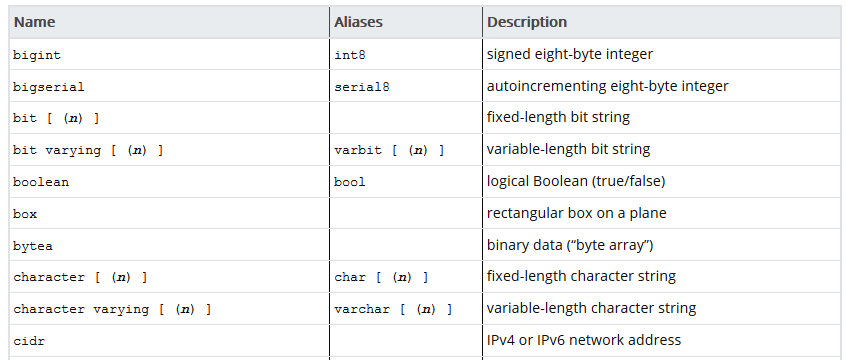Mejor calidad de los datos con restricciones
Introducción a las bases de datos relacionales en SQL

Timo Grossenbacher
Data Journalist
Restricciones de integridad
- Restricciones de atributos, por ejemplo, tipos de datos en columnas (capítulo 2)
- Restricciones clave, por ejemplo, claves primarias (capítulo 3)
- Restricciones de integridad referencial, aplicadas mediante claves externas (capítulo 4)
¿Por qué restricciones?
- Las restricciones dan la estructura de datos.
- Las restricciones ayudan a mantener la coherencia y, por lo tanto, la calidad de los datos.
- La calidad de los datos es una ventaja comercial y un requisito previo para la ciencia de datos.
- Hacer cumplir las normas es difícil, pero PostgreSQL ayuda.
Tipos de datos como restricciones de atributos
 De la documentación de PostgreSQL.
De la documentación de PostgreSQL.
Manejo de tipos de datos (conversión)
CREATE TABLE weather ( temperature integer, wind_speed text);SELECT temperature * wind_speed AS wind_chill FROM weather;
operator does not exist: integer * text
HINT: No operator matches the given name and argument type(s).
You might need to add explicit type casts.
SELECT temperature * CAST(wind_speed AS integer) AS wind_chill
FROM weather;
¡Vamos a practicar!
Introducción a las bases de datos relacionales en SQL

